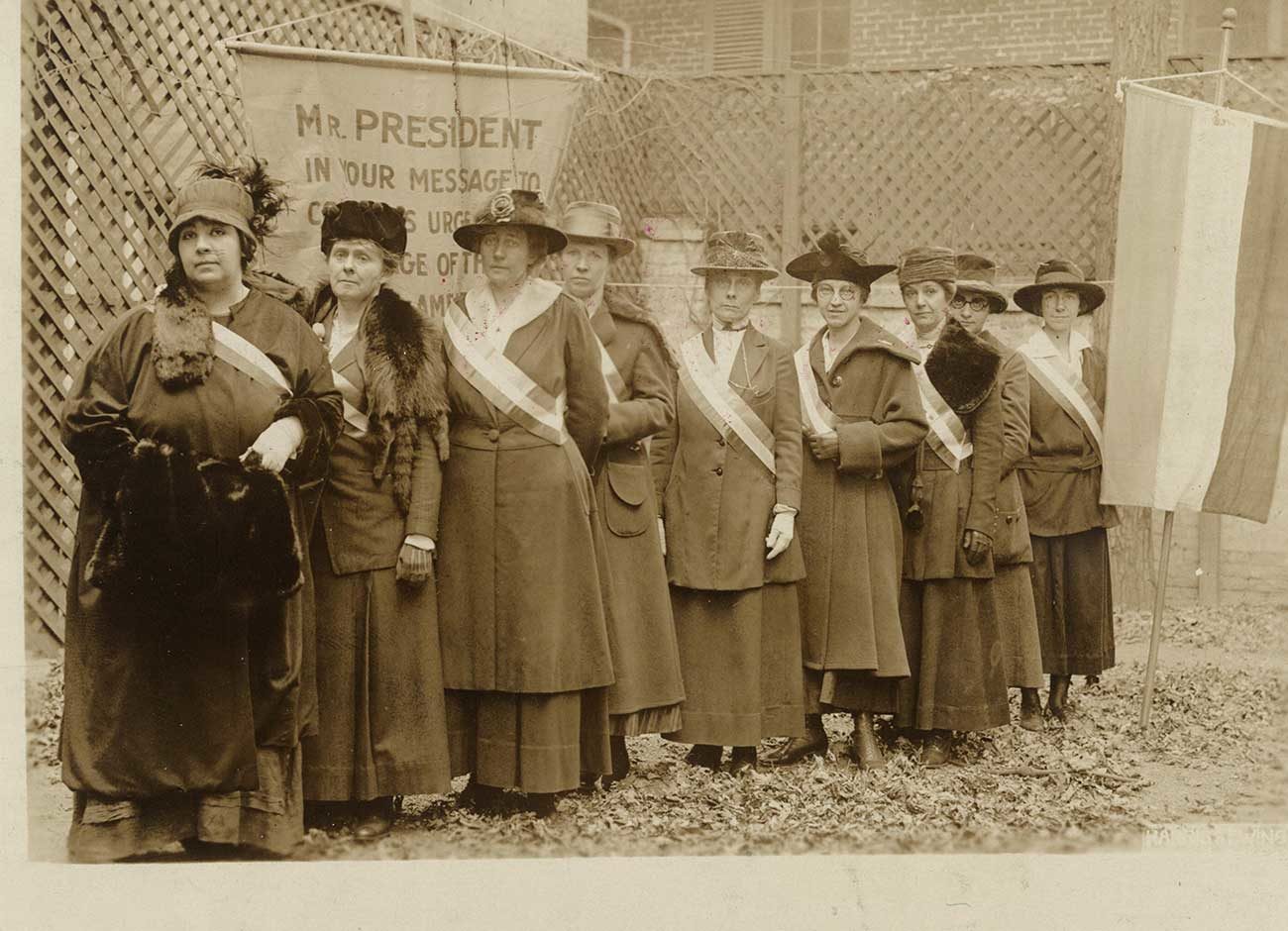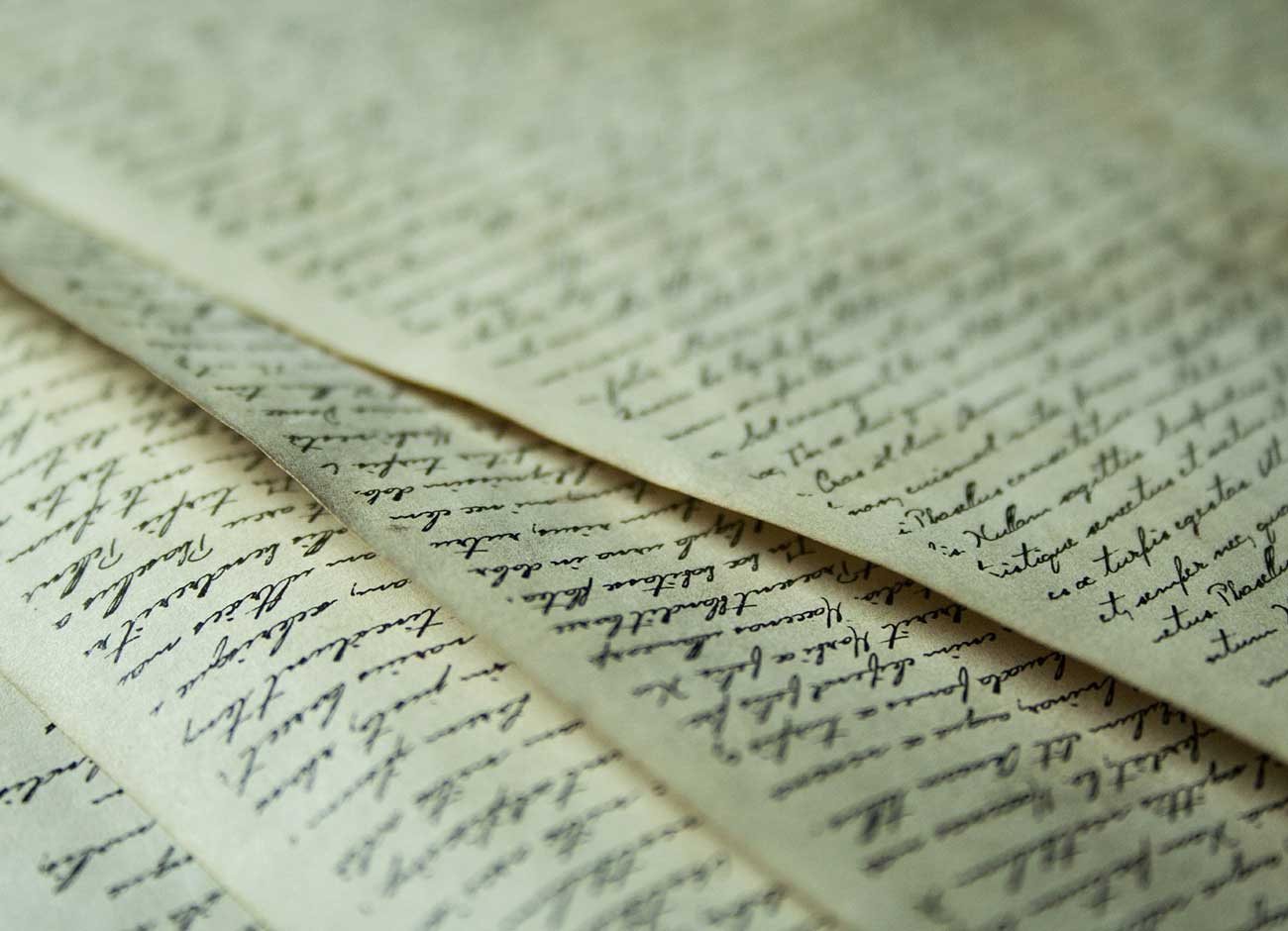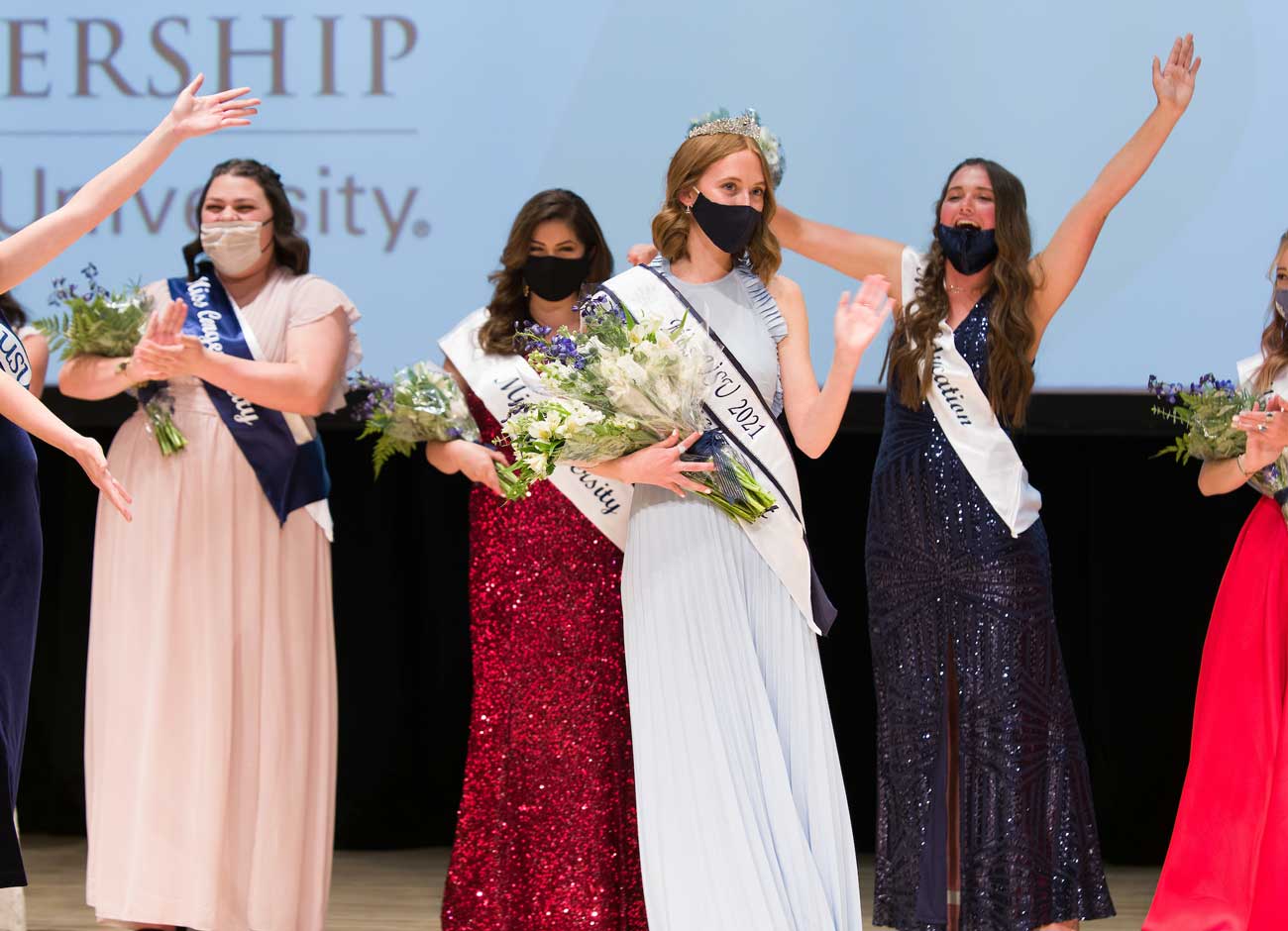The Nineteenth

To the “noble and unselfish women of our State, who never faltered when discouragements were plentiful, and whose names are immortalized by the unqualified success of their efforts.”—Dr. Martha Hughes Cannon, Suffragist, Physician, and Utah State Senator
It was just a single sentence, only twenty-eight words long, but nearly one hundred years ago those few words transformed the civil rights of women in America. Article I of the Nineteenth Amendment to the United States Constitution guarantees that “[t]he right of citizens of the United States to vote shall not be denied or abridged by the United States or by any State on account of sex.” To fully appreciate the significance of this landmark amendment, it helps to understand the tireless efforts of those who fought for it and the time in which they lived.
The road to the Nineteenth Amendment was long, winding, and uphill. In 1776, Abigail Adams wrote to her husband, future President John Adams, “[B]y the way, in the new code of laws which I suppose it will be necessary for you to make, I desire you would remember the ladies and be more generous and favorable to them than your ancestors.” But after the revolution, the newly founded United States did not permit women to vote or otherwise participate as citizens in the new government. At the time, women had few civil rights. Once married, they lost their legal identity. They could not own property, control their own money, or even sign legal documents.
In 1848, Elizabeth Cady Stanton organized the first convention for women’s rights in Seneca Falls, New York. Attendees signed a Declaration of Sentiments, which asserted that men and women were equal and called for women’s suffrage. The Declaration’s call to secure the elective franchise for women was met with such scorn and ridicule that some signers withdrew their support. But the struggle for equal participation in the political process had begun. Early suffragists organized, petitioned, picketed, marched in parades, went on hunger strikes, and held silent vigils. They often met fierce resistance from those who opposed their efforts. But they persevered. “There never will be complete equality until women themselves help to make laws and elect lawmakers,” wrote suffragist Susan B. Anthony.
National women’s suffrage would not be easily achieved. In 1878, a precursor to the Nineteenth Amendment was first introduced in the United States Congress, to no avail. Other suffragists chose a different route, pursuing suffrage at the state level instead of the national level.
In 1870, the Utah Territory became one of the first to extend the vote to women, following close behind the Wyoming Territory. But in 1887, Congress revoked Utah women’s right to vote when it passed the Edmunds-Tucker Act, an anti-polygamy law. After voting for seventeen years, Utah women did not quietly accept their disenfranchisement.
Utah is an important part of this history. In 1870, the Utah Territory became one of the first to extend the vote to women, following close behind the Wyoming Territory. But in 1887, Congress revoked Utah women’s right to vote when it passed the Edmunds-Tucker Act, an anti-polygamy law. After voting for seventeen years, Utah women did not quietly accept their disenfranchisement. They founded the Woman Suffrage Association of Utah and organized chapters throughout the territory. Many Utahns, such as Emmeline B. Wells and Dr. Martha Hughes Cannon, were passionate suffrage advocates not only in Utah, but throughout the nation. They worked with prominent national suffragists, spoke at national women’s conventions and the 1893 Chicago World’s Fair, and testified before congressional committees.
Due in large part to these efforts, in 1896, the Utah Constitution restored what Congress had taken away. Article IV, section 1 guaranteed Utah women the right to vote and hold office. And it stated that “[b]oth male and female citizens of this State shall enjoy equally all civil, political and religious rights and privileges.” The path to women’s suffrage did not proceed straight from Seneca Falls to Washington, D.C. It traveled through the states, getting an early start in Utah.
After the ratification of the Utah Constitution, it would be over two decades before the U.S. Constitution guaranteed women’s right to vote. In 1919, both houses of Congress passed the Nineteenth Amendment. Months later, the Utah Legislature voted to ratify it. And finally, seventy-two years after the Seneca Falls convention, the Amendment passed its final hurdle when Tennessee became the thirty-sixth state to ratify it on August 18, 1920.
The passage of the Nineteenth Amendment did not achieve equality for women overnight. Black, indigenous, and Asian American women experienced steep barriers to voting even after the Amendment. But it was a crucial step in the right direction. Generations toiled and sacrificed to secure the vote for female citizens. But their fight was for more than that. It was a fight for the very notion that men and women are created free and equal—a powerful idea that promotes equality and justice for all people, regardless of gender, race, ethnicity, or religion. As Dr. Martha Hughes Cannon said, “The story of the struggle for woman’s suffrage . . . is the story of all efforts for the advancement and betterment of humanity.”
Sincerely,
Justice Paige Petersen, Utah Supreme Court
Judge Michele M. Christiansen Forster, Utah Court of Appeals
This letter first appeared in earlier issue of The Salt Lake Tribune. It was written for the Utah Bar Association.





